The meaning of Easter can get lost as thoughts turn to chocolate eggs, school holidays and fluffy bunnies and chicks.
So we asked four theologians, at various stages of their spiritual, educational or vocational journeys, to explain what Easter means for them.
Professor John Behr joined Aberdeen University as head of the Department of Divinity in 2020.
Originally from Bristol, he studied in London and Oxford, then moved to New York to teach at an Orthodox seminary.
He enjoyed the Big Apple but said: “Twenty-five years was enough. We also had five years of Donald Trump and that didn’t help. It was time for a move.”
Aberdeen University’s Divinity course is more than 500 years old
How is he finding Aberdeen?
“We are really loving it. It’s such a lovely place.”
Divinity has been taught at Aberdeen University for more than 500 years, since it was founded in 1495.
John said: “We’re not the oldest, but 500 years is pretty old, very old by American standards.
“Universities were founded as places to teach Theology. There were universities at Oxford, Cambridge, Paris, Padua, Pisa, Bologna in the 12th and 13th Centuries.
“Most of the other universities started 200 or 300 years ago, at the time of the Enlightenment, and diverged into different fields of study.”
Divinity is the same thing as Theology, it’s just an older, more peculiarly Scottish word.
Divinity degree has a variety of different disciplines
Aberdeen’s Divinity school, which tops The Times Higher Education table, has around 250 doctoral students, the largest intake in the UK.
Some are international students while others are “in the field” working as ministers.
“It’s one of the most comprehensive degree programmes because of the variety of different disciplines,” said John.
“You’re doing languages, history, textual study, ethics and pastoral studies.
“It’s a much wider range of disciplines than for almost any other topic. It’s comprehensive and quite intense.
“But it all fits together and builds on itself. And because you’re doing all these different things, it’s a highly employable degree.”
While graduates may go into anything from journalism to social work, many do have a spiritual drive which John calls a “personal investment” in the subject.
John’s area is Patristics, the early Church of the 2nd to 4th Centuries.
Asked how it feels to study an original artefact of the time he said: “Fantastic, really fantastic. You could be looking at a manuscript that is 1,000 plus years old and reading it in Syriac.
How Easter used to be celebrated
“One of the things I’ve been studying intensely has been the original celebration of Easter.
“We are used to having the feast celebrated over several days, Good Friday, Saturday, resurrection on Sunday.
“We think of the crucifixion as being one thing, entombment, and the resurrection being another thing.
“The earliest celebration did it all in one night. It encompassed all of those different dimensions which is really important.
“We’ve inherited it as distinct things but they belong together.
“It’s like pure white light. When you put it through a prism you get a spectrum of colours, but they all fit together.
A ‘grey-haired old man in the sky’
“When we think about God, we shouldn’t think about a grey-haired old man in the sky, who, if we intercede with him hard enough, will fix things for us.
“Christ shows us what it is to be God in the way he dies as a human being. Strength in weakness.
“We come into existence in necessity and mortality, but Christ enables us to change that into freedom and love.
“Freedom because I’m choosing to live this way and love because I’m no longer living for myself, I’m living for others.”
Easter is, concludes John, “the invitation to life through love”.
Alyth Forbes is a second-year Divinity student at Aberdeen and is originally from Tain.
She said: “I’m really enjoying it but it was quite unexpected.
“I was doing languages and I took Divinity as an elective. I really enjoyed the course so I changed to Divinity. It’s one of the best decisions I’ve made, I love it.”
Is she thinking about being a minister?
“No, not really,” says Alyth. “I’d quite like to do something related to Biblical languages, maybe working with primary sources.
“I’m not sure what I want to do but I don’t think I’d make a very good minister.
“I don’t think I’d be very good at preaching! I don’t think it’s my calling really.
“There’s a good mix of people on the course. There are some who just enjoy studying Theology and some who want to go into the ministry.
“When I started studying Theology, I wasn’t a particularly religious person but then I sort of came to the faith.
“My family converted to Catholicism a few years before and I decided to convert as well.”
The Christian Society… and the ceilidhs
Alyth said the university Christian Society “does really good ceilidhs” and another attraction is the Divinity Library.
“It’s so beautiful. I love it up there, it’s one of the best things about being a Divinity student, using the library. It’s like something out of Harry Potter!” she said.
Alyth thinks it’s a shame fewer people go to church now: “I get quite sad when I see churches being converted into pubs or flats or hotels.”
And her Easter message?
“I would encourage people to spend more time with their families. Or maybe to reach out to a family member that they don’t speak to or friends they haven’t spoken to for a long time.
“Building up relationships with people you’ve maybe lost contact with. I think that’s a good thing to do.”
Matt Sinar has been youth pastor at Fetteresso Church in Stonehaven for 11 years.
His first degree was in Economics and he did another later in Youth Work and Theology.
“Having been a committed Christian since I was a kid, faith has always been a massive part of my life and shaped who I am,” said Matt.
“My passion is in youth work, seeing teenagers learn and grow into mature adults and seeing their potential develop.”
When his wife set her sights on a Master’s Degree in Edinburgh, Matt secured a job at a Baptist Church in the capital which facilitated his continued education.
“The course was Glasgow-based so I was on campus two days a week and the rest I was on a placement in the church.
“It was quite an intense few years because it was a full-time course and a full-time job that overlapped!”
What does he enjoy about his role now?
“The thing I find really refreshing is the face-to-face contact with children and young people.
“They are fun and don’t just accept the norms in the way adults often do.
“They challenge things and keep you on your toes.
“It’s a fun job. I enjoy teaching and there are moments when you see on their faces that it suddenly clicks.
“As a parent it’s true with my own kids, but I get to be proud of other people’s kids as well, it’s a real privilege.”
How does Matt think the Church remains relevant in the modern world?
“It’s a challenge in a world that, I think, sees Christianity as a bunch of rules and regulations.
“With things like the Orange march, for example, there are misrepresentations of faith.
“It comes through in social media, it’s easy for misrepresentations to be spread.
“Christianity isn’t taught in schools as much and people believe whatever their mates say.
“You hear that church is boring or Jesus is irrelevant.
“But his teachings are about how we treat other people, how we love other people, about generosity and forgiveness.
“These things are crucial to the way society operates.
“I think a message of Christianity gets lost because people focus on more divisive or controversial parts of it.”
Easter 2024 – what’s the message?
Asked what his Easter message is, Matt said: “Without getting too much into the tropes of things like Star Wars and Lord of the Rings, which I love, Easter is the ultimate story of the triumph of good over evil, hope over despair, life over death and unity over division.
“The Easter story is about all of these things, about forgiveness, reconciliation and broken things being made whole.
“To embrace the message of Easter is to understand what Jesus achieved for us on the cross.
“It’s important because it teaches us about all those things and I think society needs that.”
Cyrielle Vallet-Simond is a third-year Divinity student at Aberdeen and is from Lyon, France.
She said: “Initially, I had enrolled in a different course – I took some Theology options and was fascinated.
“I followed Professor Behr’s course, Saints, Demons and the Desert.
“I really enjoyed reading early Christians’ writings to get an insight into what they were thinking and feeling, how they understood their humanity and potential for fulfilment in relation to God.
“It is a privilege to be given access to this part of our history, which is still relevant today.
“Divinity students are given a wide range of choices.
“We can select courses on magic and myth in ancient Greece, or focusing on ‘God, sexualities and identities’, where we talked about the gender of God.
“Or looking at recent archaeological advances and how we should understand them when put side by side with the Hebrew Bible.
“Theology is relevant to understanding history and the evolution of ideas.
“I have met people on the course who were interested in working for Christian charities, working in education or providing pastoral care.
“Even if I am not religious, I appreciate the beautiful Christian ethic of forgiveness.
“Easter is a time of renewal, and when we are stuck in a situation it can be the right time to ask ourselves how we can bring more love to the situation.”
Read more…
Gallery: Are you in these 1980s pictures of Easter fun in the north-east?
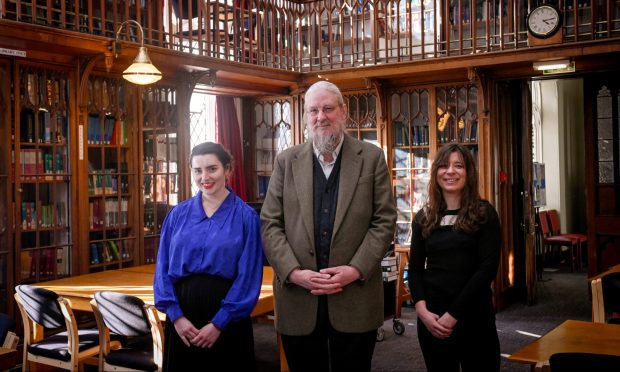
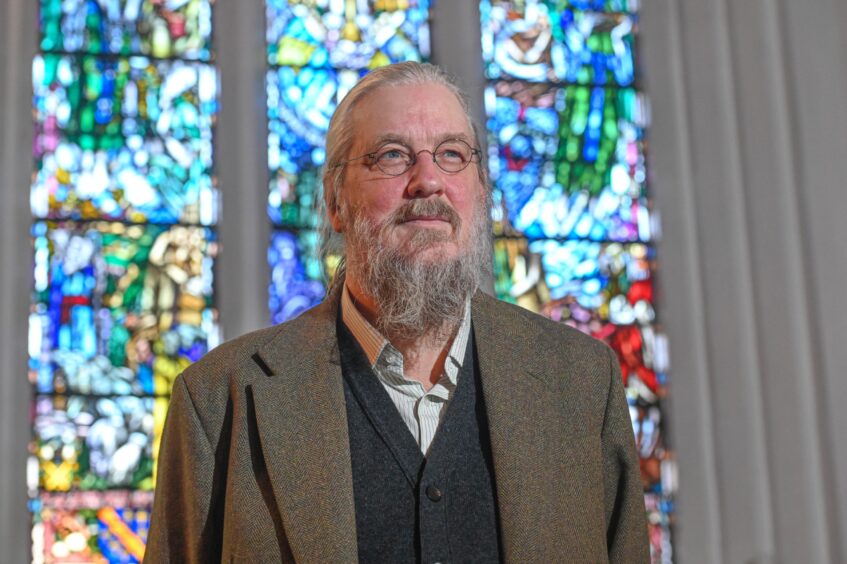
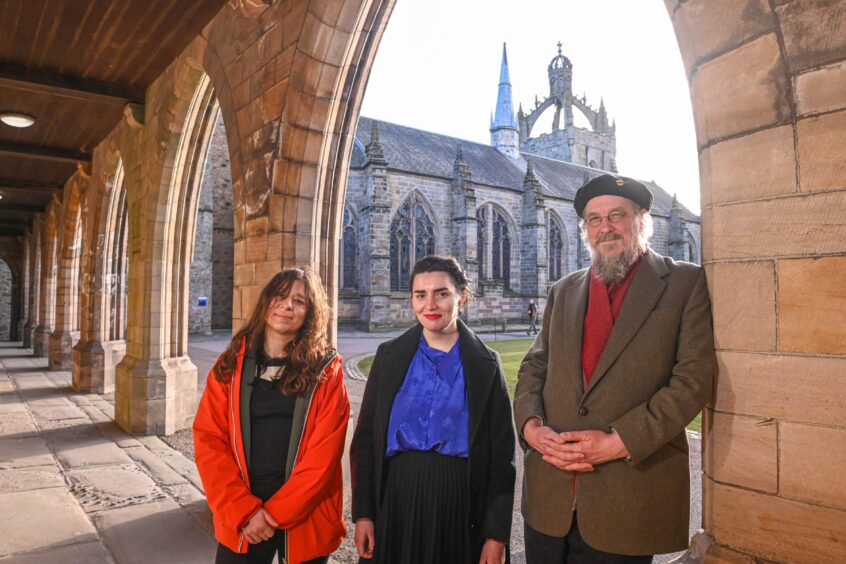

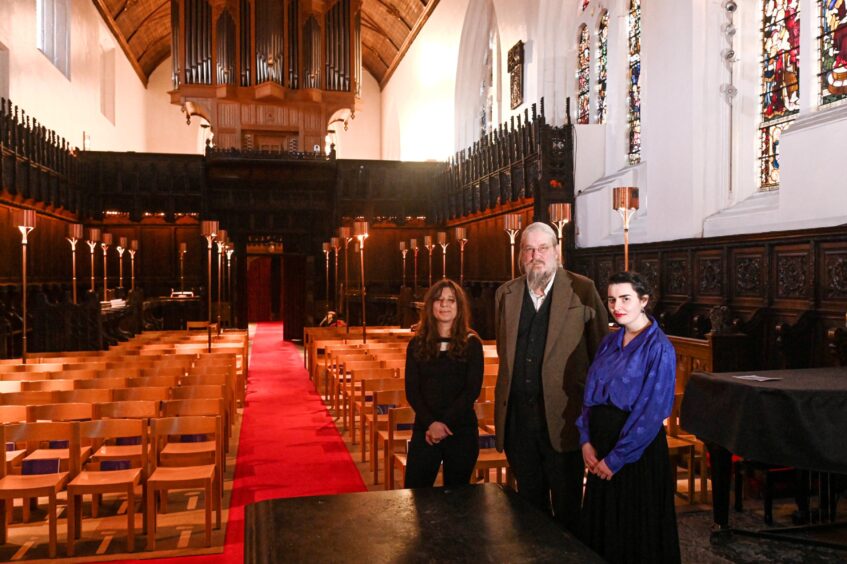


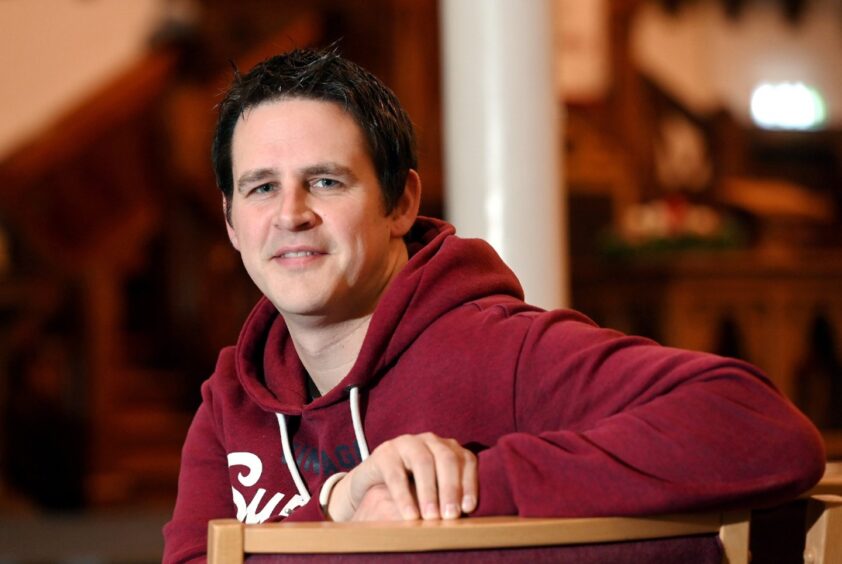
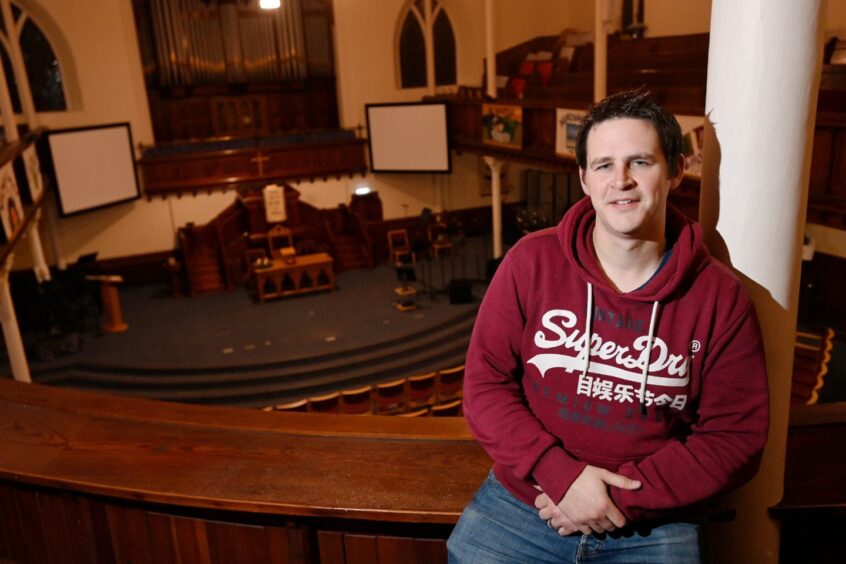

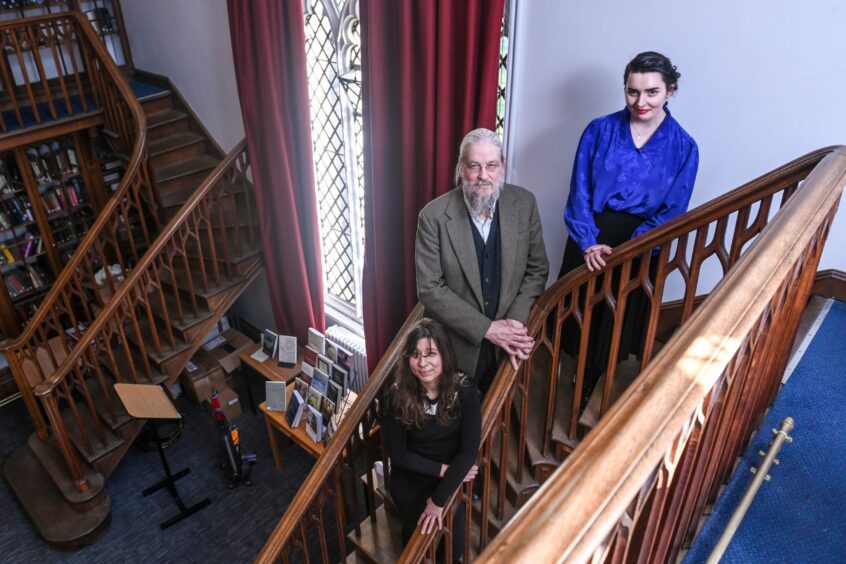
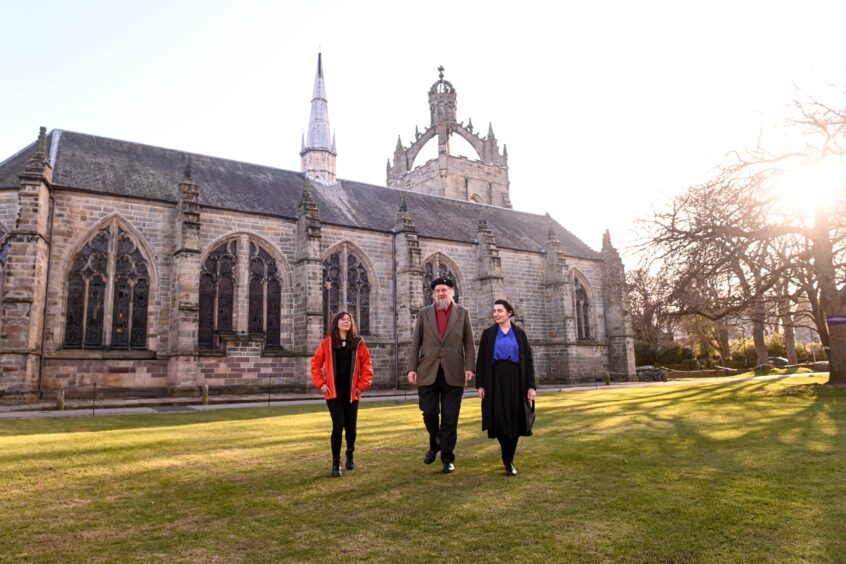
Conversation